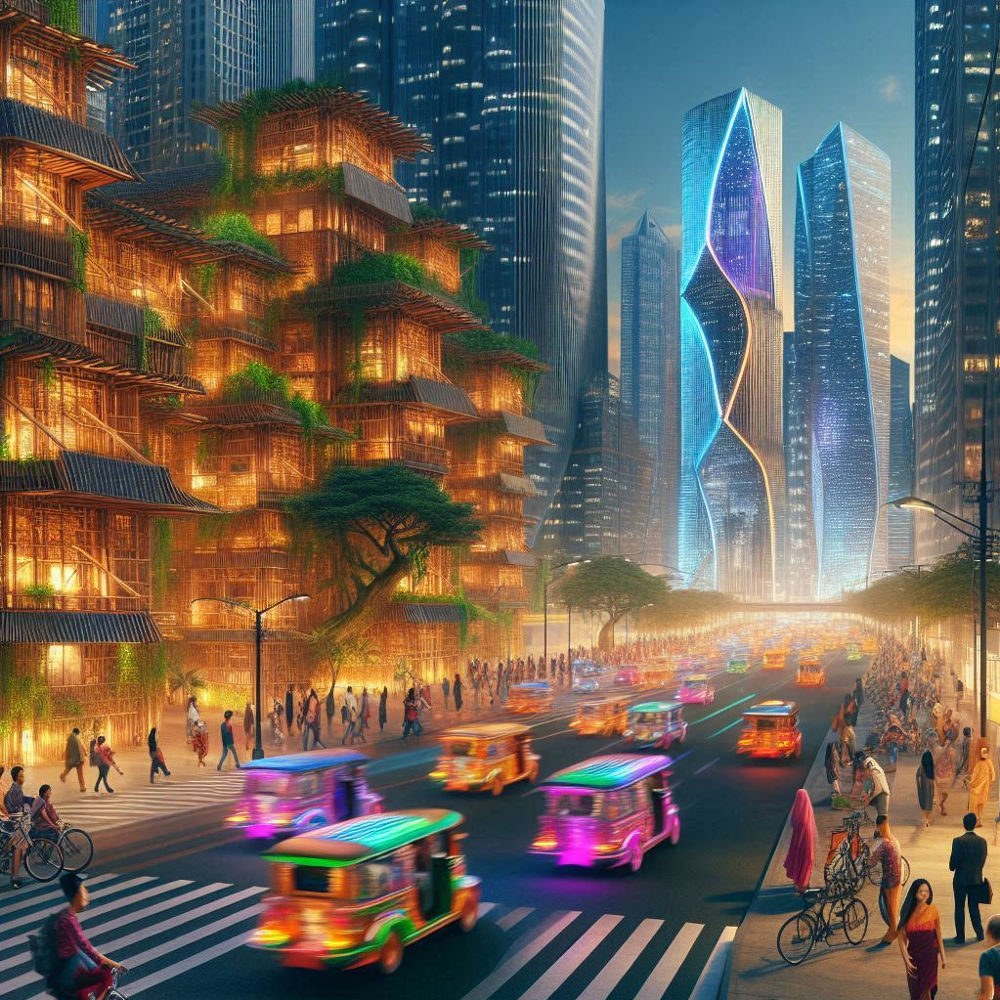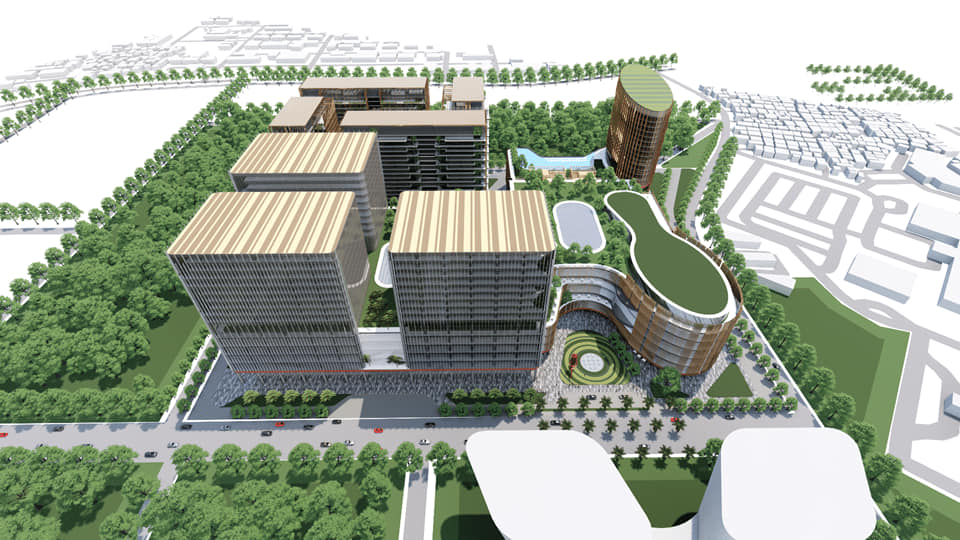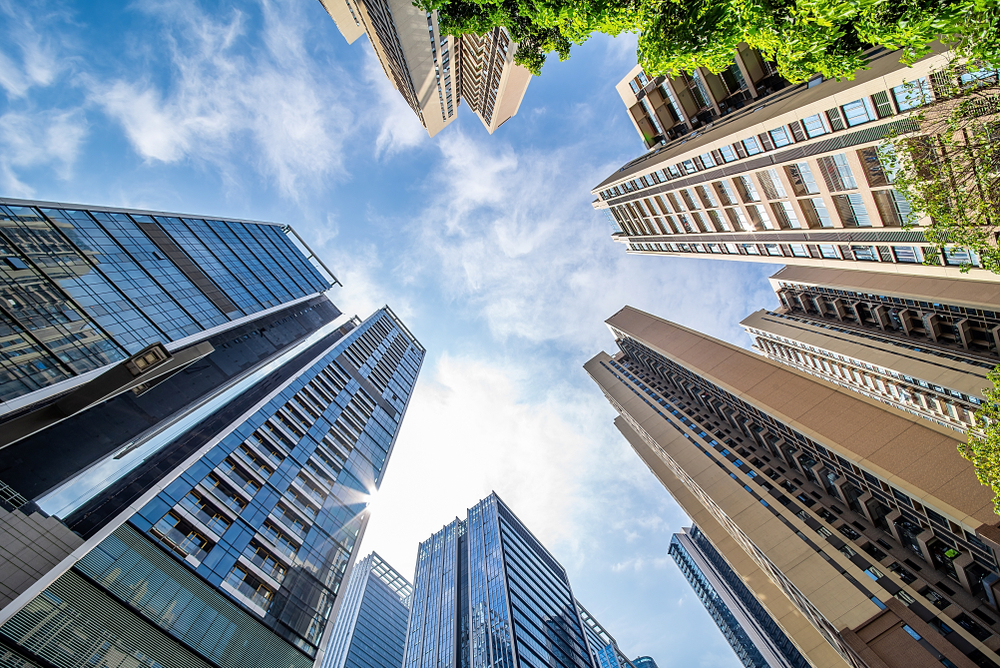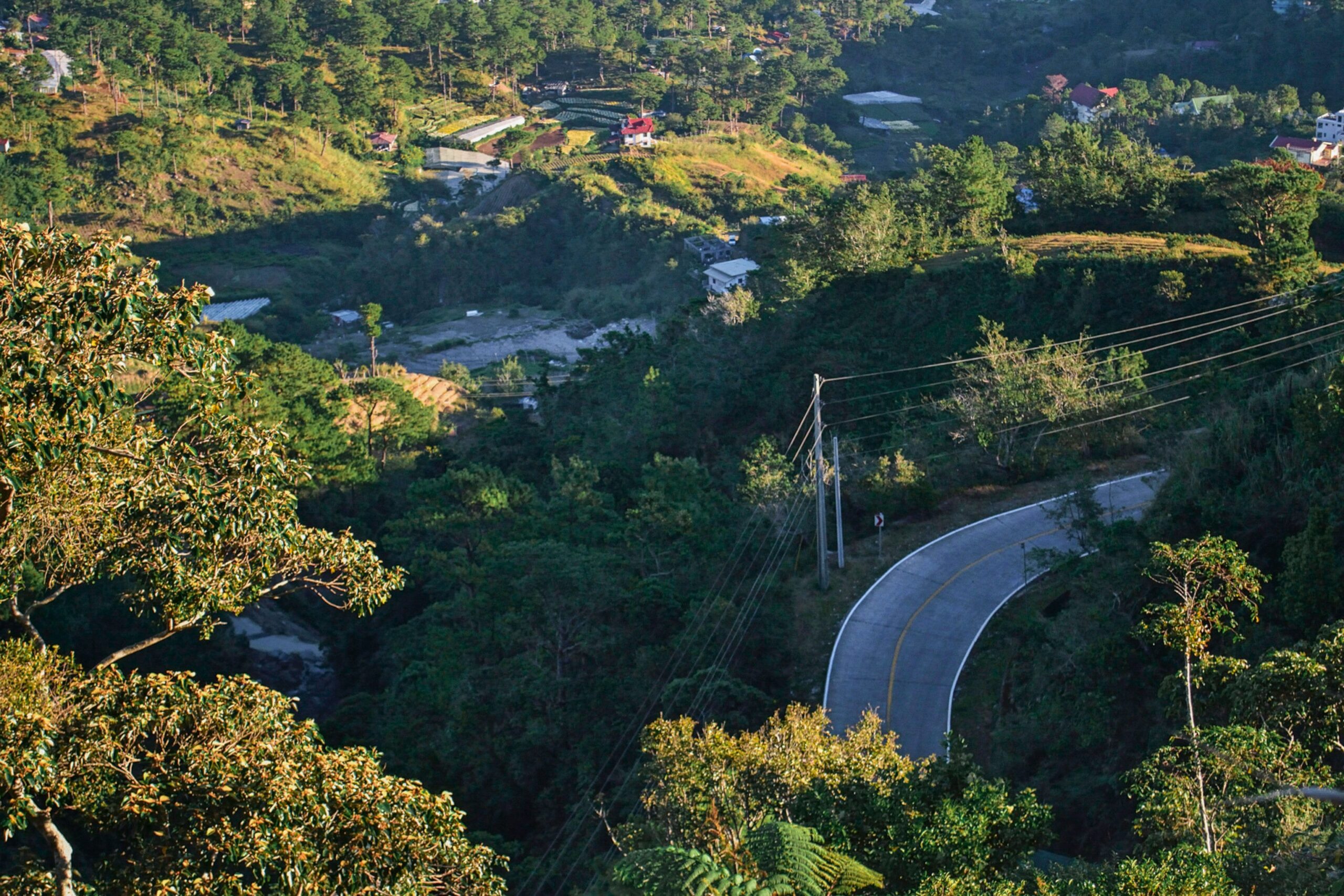The Philippine real estate market is showing mixed signals as it enters the fourth quarter (Q4) of 2024. Several factors, including economic trends, government policies, and evolving consumer preferences, are influencing the sector. Here’s a comprehensive look at the key aspects shaping the real estate landscape in the Philippines for the upcoming quarter.
Economic Environment
The Philippine economy has been experiencing steady growth in 2024, with GDP expected to grow by around 5.5% by the end of the year. This economic expansion is driven by robust consumer spending, increased foreign investments, and a recovery in the tourism sector. However, inflation remains a concern, hovering around 4.2%, which may impact purchasing power and consumer confidence.
Residential Real Estate
The residential real estate market is expected to remain stable with a slight uptick in demand for mid-market and affordable housing. The demand is driven by the country’s growing middle class and the continuous influx of Overseas Filipino Workers (OFWs) remittances. Key urban areas such as Metro Manila, Cebu, and Davao continue to see robust development activities.
However, the high-end residential segment may face some challenges due to inflationary pressures and rising interest rates, which could dampen the purchasing power of potential buyers.
Commercial Real Estate
The commercial real estate sector is witnessing a resurgence, particularly in the office and retail spaces. With many businesses resuming on-site operations, there is an increased demand for office spaces, especially in prime locations within Metro Manila and other key cities. Co-working spaces are also seeing a revival as hybrid work models become more prevalent.
Retail spaces are benefiting from the reopening of the economy and the return of consumer confidence. Shopping malls and retail centers are seeing higher foot traffic and increased leasing activity, especially with the festive season approaching in Q4.
Industrial and Logistics
The industrial and logistics sector remains one of the brightest spots in the Philippine real estate market. The growth of e-commerce, coupled with the need for efficient supply chain management, is driving demand for warehouses and logistics facilities. Key logistics hubs such as Clark, Subic, and Batangas are expected to see significant investments and development activities.
Government Initiatives and Policies
Government initiatives aimed at improving infrastructure continue to play a critical role in shaping the real estate market. Projects under the “Build, Build, Build” program, such as the North-South Commuter Railway and the Metro Manila Subway, are expected to enhance connectivity and boost property values in the surrounding areas.
Moreover, the government’s focus on digital transformation and smart city initiatives is likely to create new opportunities in the real estate sector, particularly in the development of tech-enabled and sustainable buildings.
Challenges and Risks
Despite the positive outlook, the Philippine real estate market faces several challenges. Rising construction costs due to inflation and supply chain disruptions pose a risk to project timelines and profitability. Additionally, the potential impact of global economic uncertainties, such as geopolitical tensions and fluctuating oil prices, could affect investor sentiment and market stability.
Conclusion
As the Philippines enters Q4 2024, the real estate market presents a mix of opportunities and challenges. While economic growth and government initiatives provide a positive backdrop, inflation and rising interest rates require careful monitoring. Stakeholders in the real estate sector should stay agile and adapt to the evolving market dynamics to capitalize on the growth prospects in the coming months.









